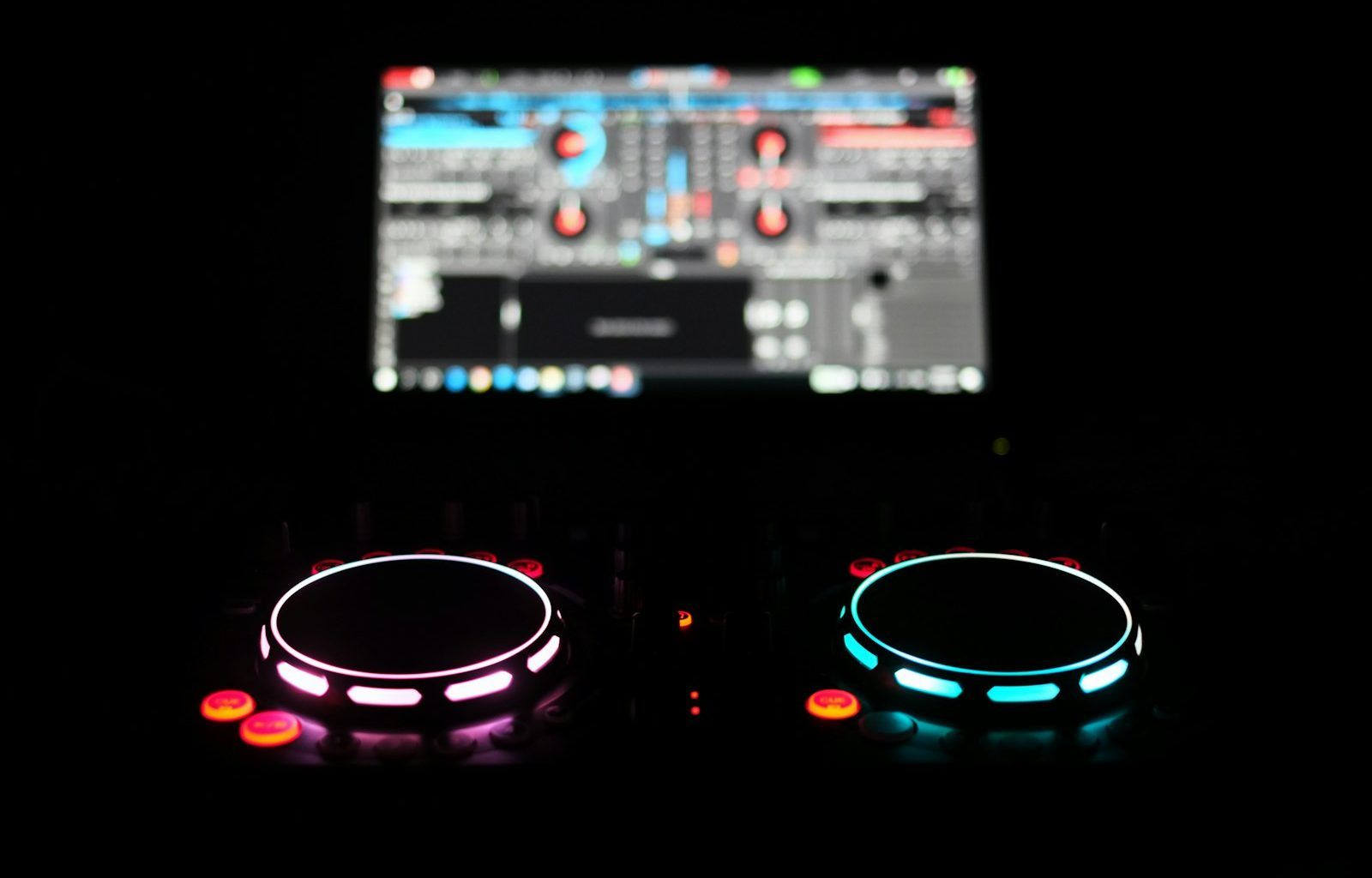If you’ve ever wondered, “What does mastering mean in music?”, you’re not alone. Mastering is one of the most talked-about yet least understood parts of music production. For many, it feels like an art shrouded in mystery. But don’t worry! By the end of this blog, you’ll have a clear understanding of what mastering is, why it matters, and how you can approach it—even if you’re just starting out.
Let’s break it down step by step in simple language, so you can truly grasp the magic of mastering.
What is Mastering in Music?
Mastering in music is the final step in the production process. Think of it as the polish that gives your song its finished, professional sound. After your song is recorded, mixed, and arranged, mastering ensures it’s ready to be shared with the world.
Mastering doesn’t change the essence of your music; instead, it enhances it. It balances the sound, ensures it plays well on all devices, and meets the technical requirements for distribution platforms like Spotify or Apple Music.
In short, mastering transforms a good song into one that sounds amazing.
Why is Mastering Important?
Have you ever listened to a song that sounded great on headphones but terrible in your car? This happens because it wasn’t properly mastered.
Mastering makes sure your music sounds consistent no matter where it’s played—whether it’s on high-end speakers, budget earbuds, or even a phone. This consistency is called translation, and it’s one of the main goals of mastering.
Another reason mastering is important is that it makes your music competitive. In today’s crowded music scene, a well-mastered track stands out. It captures attention and keeps listeners engaged.
The Mastering Process Explained
1. Preparing the Mix
Mastering starts with a well-mixed track. A good mix is the foundation of a good master. Before you even think about mastering, make sure your mix is balanced.
For example:
- Are the vocals clear?
- Do the instruments sit well together?
- Is the bass punchy but not overpowering?
Mastering can’t fix a bad mix, so it’s crucial to get this step right.
2. Equalization (EQ)
Equalization adjusts the balance of frequencies in your track. If your song has too much bass or harsh treble, EQ helps smooth it out.
Think of EQ like adjusting the colors in a photo. You want every element to shine without overshadowing the rest.
3. Compression
Compression controls the dynamics of your track. It ensures that the quiet parts aren’t too soft and the loud parts aren’t too overwhelming.
This step is vital for creating a cohesive sound. Compression gives your track energy and keeps the listener hooked from start to finish.
4. Limiting
Limiting is the final volume boost. It makes your track as loud as other professional songs without distorting the sound.
This step is where mastering engineers walk a fine line. Too much limiting can ruin the dynamics, while too little can make the track sound weak.
5. Stereo Imaging
Stereo imaging ensures your track feels spacious. It makes the music sound wider and more immersive.
Imagine listening to a song where the instruments feel like they’re coming from all around you. That’s stereo imaging at work.
Tools and Software for Mastering
You don’t need a million-dollar studio to master music. Many tools make mastering accessible, even for beginners.
Some popular options include:
- iZotope Ozone: A comprehensive mastering suite with EQ, compression, and limiting tools.
- FabFilter Pro-Q: An intuitive EQ plugin perfect for mastering.
- Waves L2 Ultramaximizer: A classic limiter used by professionals.
These tools help you shape your sound, but remember: mastering is more about skill than gear.
DIY Mastering vs. Hiring a Professional
If you’re just starting, you might wonder whether to master your music yourself or hire a professional.
DIY Mastering
Pros:
- Affordable
- Great for learning
- Immediate results
Cons:
- Steeper learning curve
- Hard to achieve professional quality
Professional Mastering
Pros:
- Expert results
- Access to high-end gear
- Saves time
Cons:
- Can be expensive
If you’re serious about releasing music, hiring a professional is often worth it. But for demos or personal projects, DIY mastering is a great way to practice and grow.
Common Mastering Mistakes to Avoid
- Over-compression: Too much compression can make your track sound lifeless.
- Boosting too much bass: A heavy bass can overpower other elements.
- Ignoring reference tracks: Always compare your master to professionally mastered songs in a similar genre.
- Skipping room acoustics: Mastering in a poorly treated room can lead to inaccurate decisions.
How Long Does Mastering Take?
Mastering a single track can take anywhere from an hour to a full day, depending on its complexity and the engineer’s workflow. If you’re mastering an album, expect it to take several days.
Mastering for Streaming Platforms
Different platforms have different loudness standards. For example:
- Spotify recommends a loudness of -14 LUFS.
- YouTube prefers tracks around -13 LUFS.
Mastering for streaming ensures your music sounds consistent across platforms without getting distorted.
Final Thoughts: What Does Mastering Mean in Music?
Mastering is both an art and a science. It’s the final touch that elevates your music to its full potential. Whether you’re mastering your own tracks or working with a professional, understanding the process is key to creating music that truly shines.
Now that you know what mastering means in music, it’s time to put your knowledge into action. Start experimenting, stay curious, and remember—every great master was once a beginner.
Happy mastering!
For further reading, explore these related articles:
- Unique Gifts for Music Lovers: Simple and Thoughtful Ideas to Surprise Them
- Top Trending Songs – Discover What’s Playing Everywhere Right Now!
For additional resources on music marketing and distribution, visit DMT Records Pvt. Ltd.






